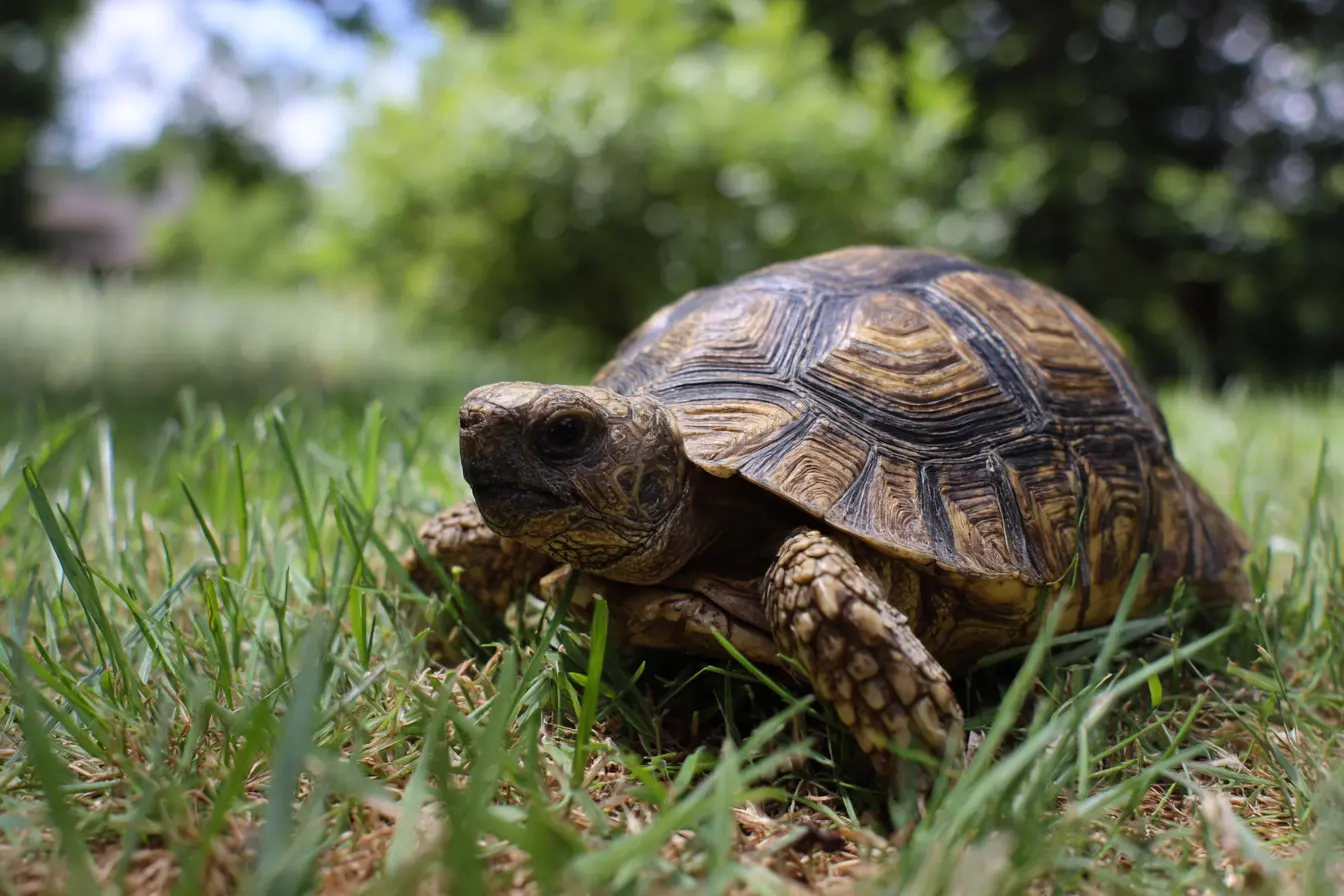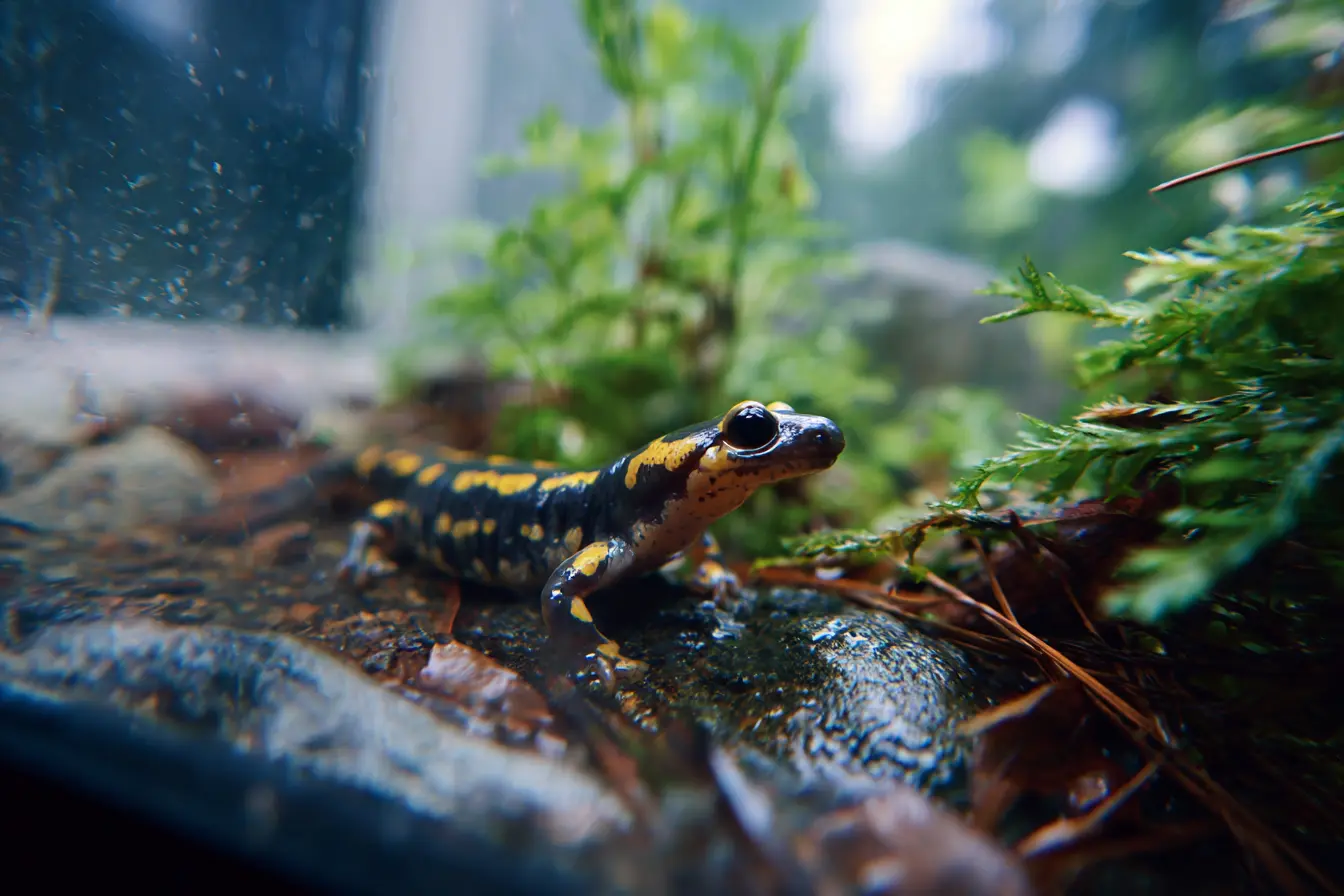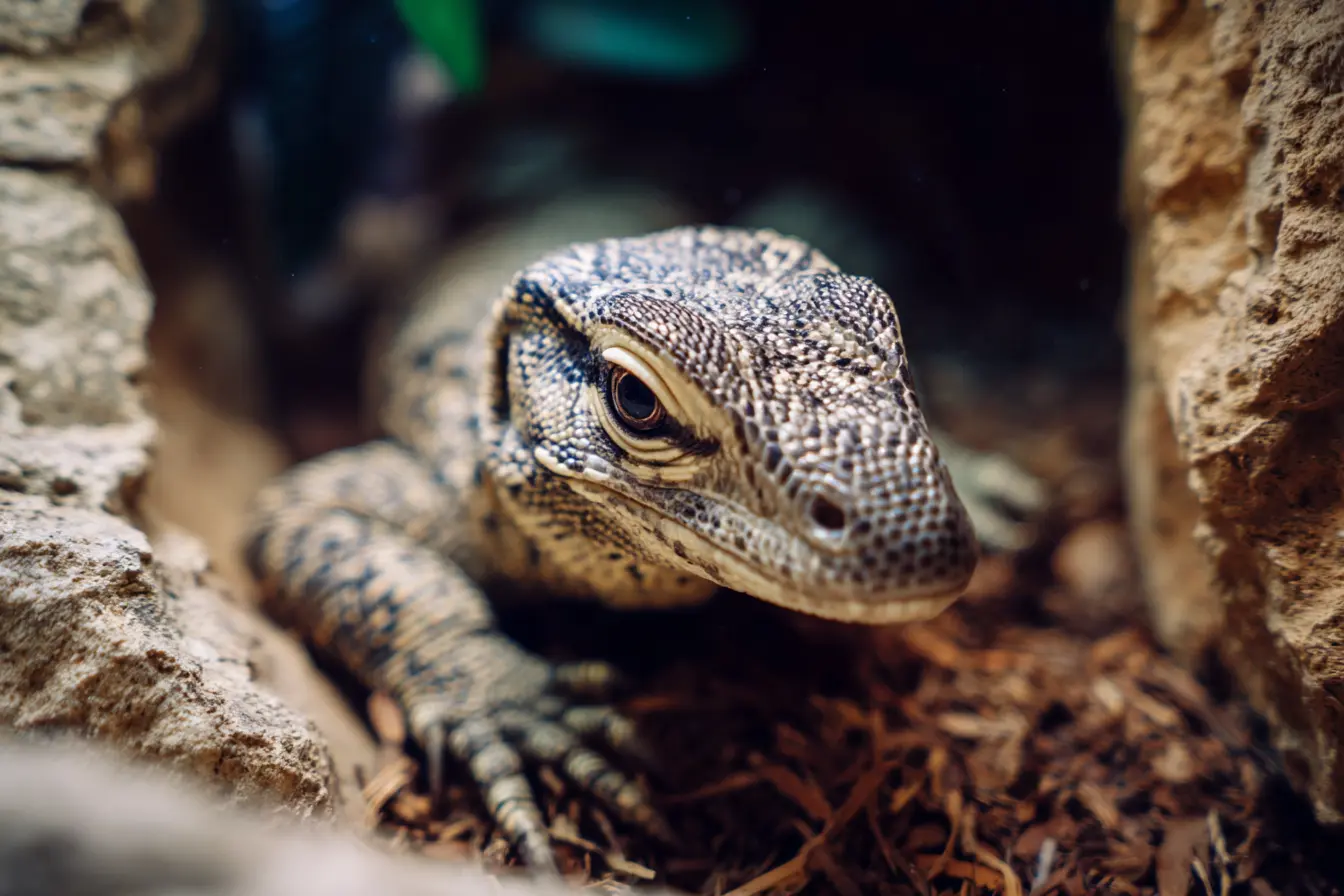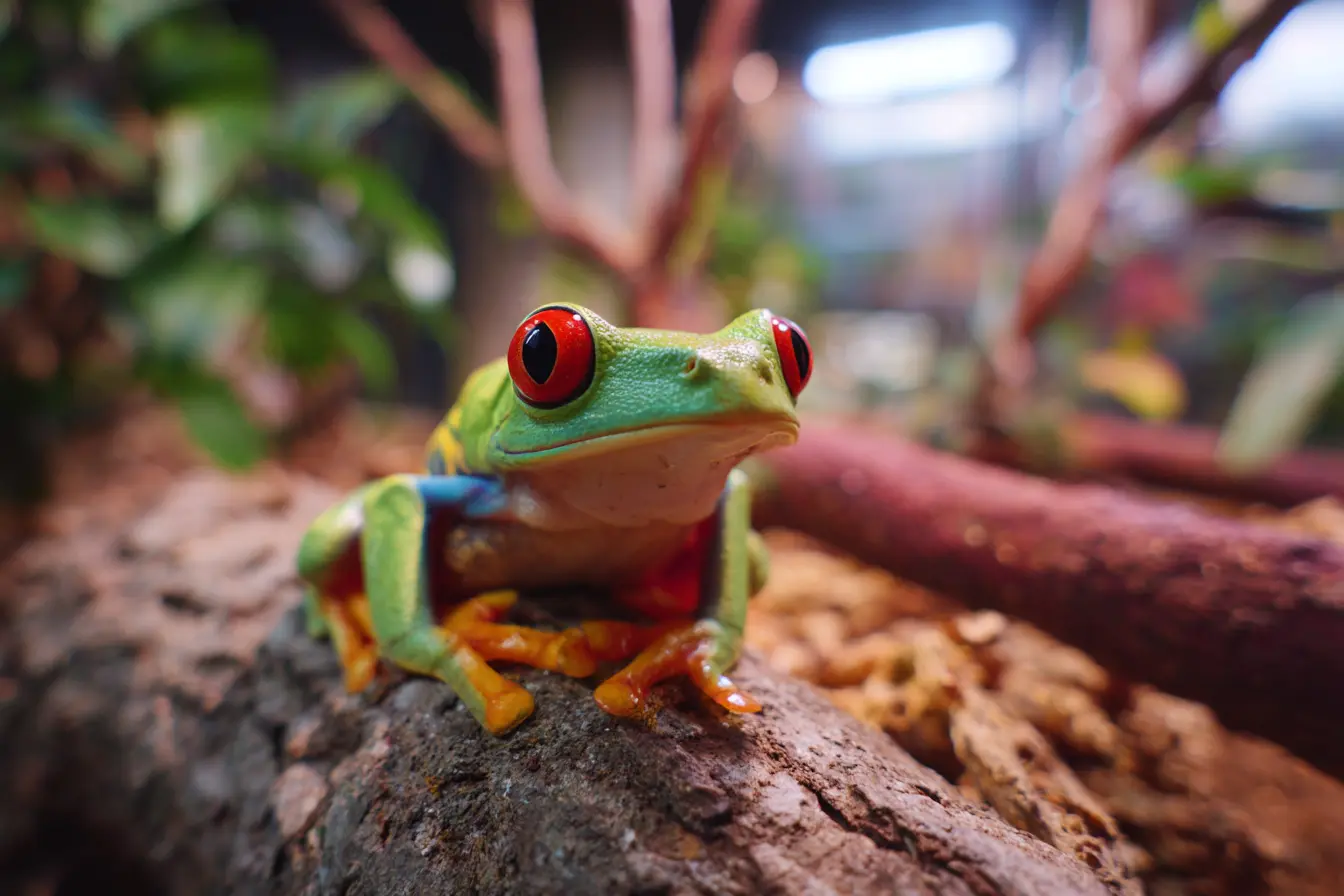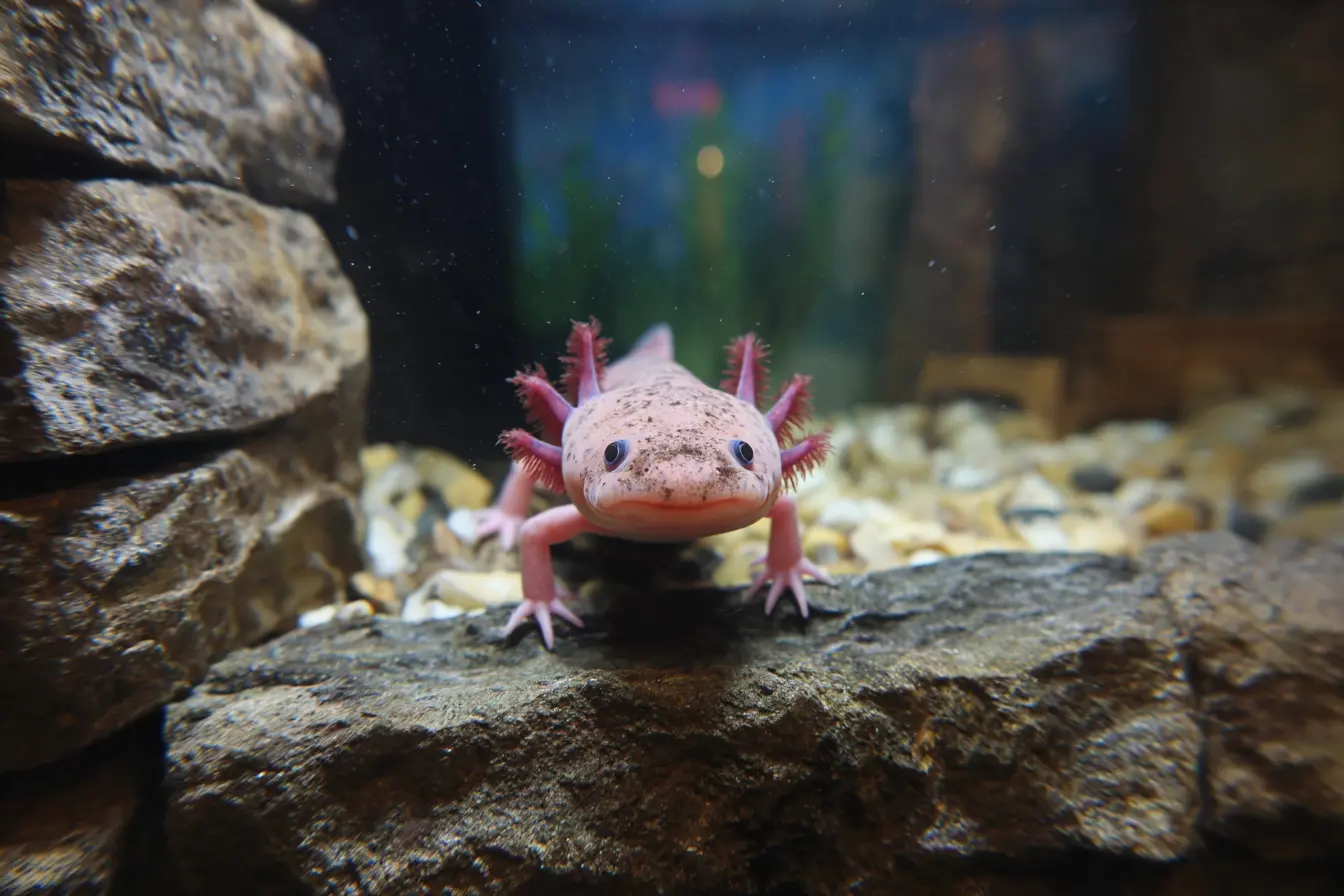
The Use of Salt Baths to Treat Illness in Amphibians
Salt baths are a well-known method for treating certain illnesses in amphibians, particularly mild fungal infections and some external bacterial problems. However, salt baths must be used carefully, as amphibians have sensitive skin that can easily be damaged. Not all species are suitable candidates for salt bath treatments, and incorrect use can cause more harm than good. This guide covers everything an owner needs to know about salt baths, including which species are appropriate, how to prepare a bath, and when veterinary care is essential.
What Are Salt Baths?
Salt baths involve placing an amphibian in a dilute solution of non-iodised salt (typically aquarium or marine salt) and dechlorinated water for a short period.
The primary purposes of salt baths are:
- To kill or inhibit fungal and some bacterial infections on the skin.
- To assist in healing minor wounds.
- To reduce external parasite loads in some cases.
Salt acts as an osmotic agent, drawing moisture away from fungal cells, thereby inhibiting their growth, while also mildly disinfecting the skin surface.
Which Amphibians Are Suitable for Salt Baths?
Salt baths are tolerated by certain species, particularly those that are either fully aquatic or semi-aquatic. Species that generally tolerate salt baths under careful supervision include:
-
Axolotls (Ambystoma mexicanum)
(Commonly given salt baths for fungal infections.) -
Aquatic and Semi-aquatic Newts
(e.g., Triturus, Cynops, Notophthalmus species.) -
Aquatic Salamanders
(Such as tiger salamander larvae; adults need greater caution.) -
Aquatic Frogs
(e.g., Xenopus laevis – African clawed frogs.) -
Toads
(e.g., Bufo bufo, Bufo americanus. Toads have thicker, more resistant skin compared to many frogs.)
Always monitor individuals closely, as tolerance can vary slightly even within a species.
Amphibians Unsuitable for Salt Baths
Some amphibians have extremely delicate skin that is easily damaged by even mild salt solutions. Species generally unsuitable for salt baths include:
-
Poison Dart Frogs (Dendrobatidae)
(Highly sensitive skin; salt can cause dehydration and death.) -
Tree Frogs
(e.g., Litoria, Hyla, Agalychnis species. Skin is too delicate.) -
Adult Terrestrial Salamanders
(e.g., woodland salamanders like Plethodon species.) -
Caecilians
(Uncommon in captivity; salt baths are not recommended.) -
Other delicate terrestrial amphibians
(Including certain rainforest frogs.)
If your amphibian falls into one of these categories, consult a specialist vet for alternative treatments.
How to Prepare a Salt Bath
Materials Needed:
- Non-iodised aquarium salt or marine salt (not table salt)
- Dechlorinated water
- A clean container or shallow dish
- Thermometer (to match water temperature)
Steps:
-
Prepare the solution:
Dissolve 2 to 3 grams of aquarium salt in 1 litre of dechlorinated water (approximate 0.2–0.3% concentration). -
Check the water temperature:
The bath water must match the amphibian's normal habitat temperature to avoid shocking the animal. -
Use a clean container:
Ensure the container is free of any soaps or chemical residues. -
Place the amphibian gently into the bath:
Always monitor the animal closely during the bath. -
Duration:
Soak the amphibian for 5 to 10 minutes maximum, depending on the species and the severity of the issue. -
Aftercare:
Remove the amphibian and rinse gently with clean, dechlorinated water if necessary. Return it to a clean, appropriate enclosure. -
Frequency:
Typically administered once or twice a day for 3–5 days, but always consult a vet for precise guidance.
Important Safety Tips
- Never leave the amphibian unattended during the bath.
- Monitor for signs of distress:
Such as frantic thrashing, gasping, or going limp. End the bath immediately if these occur. - Avoid high concentrations:
Too much salt can damage skin and worsen the condition. - Do not use table salt:
It may contain additives like iodine or anti-caking agents, which are harmful. - Ensure the enclosure is cleaned and disinfected after treating fungal or bacterial infections to prevent reinfection.
When Not to Use a Salt Bath
- If the amphibian has open wounds, deep ulcers, or severe systemic infections.
- If the species is known to be salt-sensitive.
- If the infection is progressing rapidly (e.g., deep fungal invasion or systemic illness).
- If advised against it by a vet.
Signs That a Vet Visit Is Needed
While salt baths can help with mild surface infections, they are not a cure-all. Seek veterinary help if:
- There is no improvement after 3–5 days.
- The amphibian’s condition worsens.
- There is swelling, extreme lethargy, or signs of systemic illness (e.g., Red Leg).
- You are unsure about the diagnosis or treatment.
Conclusion
Salt baths can be an effective, simple treatment for minor fungal and bacterial skin infections in some amphibians. However, they must be used correctly, with careful attention to species suitability, solution strength, and treatment duration. For delicate-skinned species, or in cases of serious illness, veterinary intervention is the safest course. Responsible, informed use of salt baths, alongside good husbandry practices, can help keep amphibians healthy and thriving.
Always remember: when in doubt, consult a qualified exotic vet.
Contents
Tags
Vets near you
Speciality vets
- Aquatics vet specialists
- Birds vet specialists
- Camelids vet specialists
- Cats vet specialists
- Cattle vet specialists
- Deer vet specialists
- Dogs vet specialists
- Equines vet specialists
- Exotic vet specialists
- Goats vet specialists
- Pigs vet specialists
- Poultry vet specialists
- Sheep vet specialists
- Small Mammals vet specialists
- Wild vet specialists
